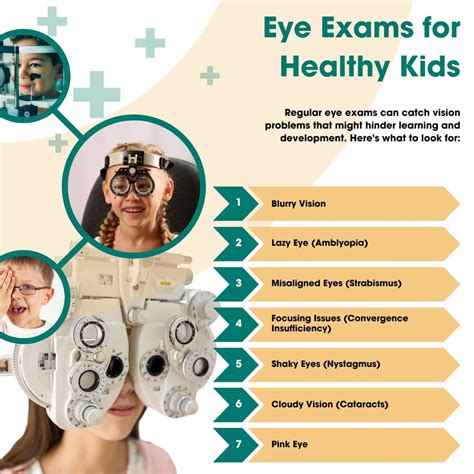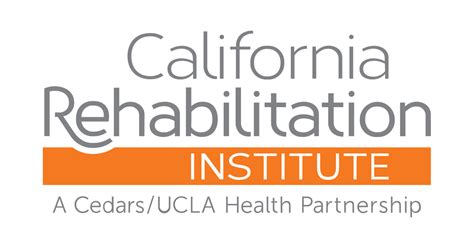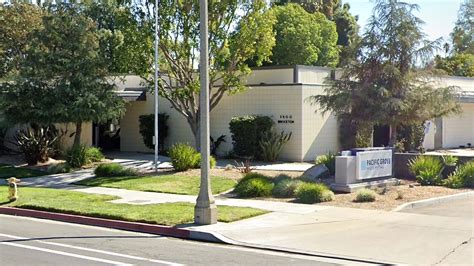Pediatric eye exams are a crucial part of a child’s healthcare routine. Many parents are unaware of the importance of these exams, often assuming that if their child is seeing well, there’s no need for a comprehensive eye examination. However, this couldn’t be further from the truth. A pediatric eye exam is designed to do more than just check for glasses; it’s a thorough evaluation of your child’s eye health and visual system, playing a critical role in ensuring their overall well-being and development.
The Importance of Early Detection
Early detection of eye problems is vital because children’s eyes are still developing, and some conditions, if left untreated, can lead to permanent vision loss. Amblyopia, commonly known as lazy eye, is one such condition. It’s a leading cause of vision loss in children and can be treated effectively if detected early. Pediatric eye exams can identify such issues before they become severe, allowing for timely intervention.
Comprehensive Eye Health Evaluation
A pediatric eye exam involves more than just looking at an eye chart. It’s a comprehensive evaluation that includes:
- Visual Acuity Tests: These assess the sharpness of your child’s vision, both near and far, to determine if they need corrective lenses.
- Cover Tests: These tests help detect how well your child’s eyes work together and can identify issues like strabismus (crossed eyes) or amblyopia.
- Retinoscopy: This technique is used to objectively determine the refractive error of the eye and is especially useful for young children who may not be able to read an eye chart.
- Ophthalmoscopy: This allows the doctor to see inside the eye, checking the health of the retina and the optic nerve.
Addressing Common Misconceptions
One common misconception is that if a child passes a basic vision screening at school, they don’t need a comprehensive eye exam. However, these screenings are limited and can miss critical issues. For instance, they might not detect problems like color vision deficiency, convergence insufficiency, or even serious conditions affecting the retina or optic nerve.
Protecting Against Hidden Threats
Some eye conditions can be asymptomatic, meaning they show no noticeable symptoms until they have progressed significantly. Conditions like retinoblastoma, a rare form of eye cancer in children, or congenital cataracts, can be detected through a pediatric eye exam. Early detection is crucial for effective treatment and preserving vision.
Supporting Development and Education
Good vision is essential for learning and development. Children with undiagnosed vision problems may struggle in school, not because they lack intelligence, but because they cannot see the material clearly. A pediatric eye exam can help identify these issues, ensuring that your child has the visual tools they need to succeed academically and personally.
Aiding in the Diagnosis of Systemic Conditions
Sometimes, eye exams can reveal signs of systemic health issues that affect other parts of the body. For example, diabetes can cause changes in the blood vessels of the retina, and high blood pressure can lead to problems with the optic nerve. A pediatric eye exam is not just about the eyes; it can provide insights into your child’s overall health.
Enhancing Quality of Life
Beyond academic success, good vision is fundamental to a child’s overall quality of life. It affects their ability to engage in sports, play with friends, and enjoy everyday activities without frustration or difficulty. By ensuring that your child’s vision is optimal, you’re supporting their physical, emotional, and social development.
Conclusion
A pediatric eye exam is a critical investment in your child’s health, education, and future. It’s a proactive step that can identify potential issues before they become serious, ensuring that your child has the best possible chance at a happy, healthy, and successful life. With the ability to detect a wide range of conditions, from common vision problems to rare systemic diseases, these exams are an indispensable part of pediatric care.
How often should my child have a pediatric eye exam?
+The American Academy of Pediatrics recommends that children have their eyes checked by a pediatrician at birth, at 6 months, and then again at 3 years of age. After that, if no problems are detected, the Academy of Ophthalmology suggests that children have a comprehensive eye exam by an eye doctor (either an ophthalmologist or optometrist) before they start school, and then every two years if no vision problems are detected.
What can I expect during a pediatric eye exam?
+Different ages require different approaches, but generally, a pediatric eye exam involves a series of tests to evaluate your child's vision, eye alignment, and eye health. This can include visual acuity tests, cover tests, retinoscopy, and ophthalmoscopy, among others. The experience should be positive and non-threatening, with explanations provided to both you and your child about what is being done and why.
How can I prepare my child for a pediatric eye exam?
+Preparing your child for an eye exam can make the experience smoother for everyone. Explain the exam in simple terms, focusing on the positive aspects of the visit. Let them know that it's okay to ask questions and that the doctor is there to help. If your child wears glasses or contacts, bring them along. Also, consider scheduling the appointment at a time when your child is most alert and cooperative.
Incorporating regular pediatric eye exams into your child’s healthcare routine can have a profound impact on their quality of life, academic success, and overall well-being. By being proactive about their eye health, you’re giving them the best chance to develop and thrive, both visually and otherwise.



